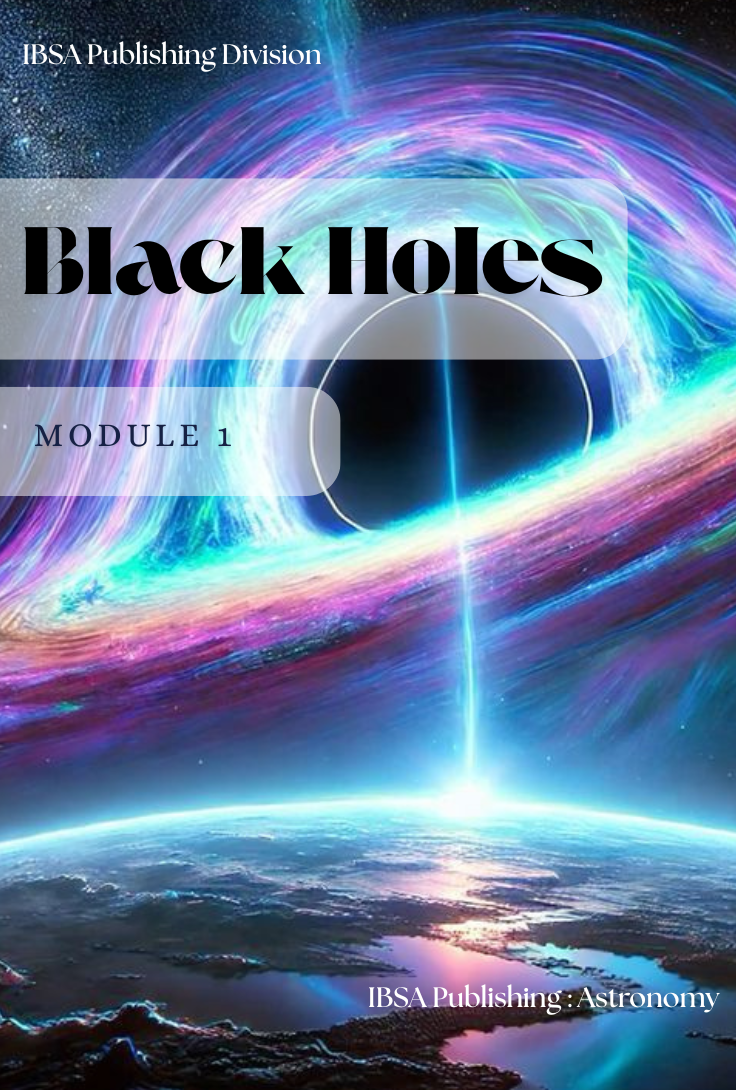Download free pdf
Black holes are among the most fascinating and mysterious objects in the universe. They are regions of space where gravity is so strong that nothing, not even light, can escape.
The idea of such objects dates back to the 18th century when scientists like John Michell and Pierre-Simon Laplace speculated about “dark stars” with immense gravitational pull. However, the modern concept of black holes emerged from Albert Einstein’s general theory of relativity in 1915. In 1916, Karl Schwarzschild provided the first mathematical solution describing what we now recognize as a black hole.
Despite being considered a mere mathematical curiosity for decades, black holes became a serious topic of astrophysical research in the 20th century.
The discovery of neutron stars in 1967 reignited interest, and by 1971, Cygnus X-1 became the first confirmed black hole candidate. Today, astronomers use a variety of techniques to study these objects, from detecting their gravitational effects on nearby stars to observing the powerful radiation emitted by matter spiraling into them.

Formation of Black Holes

Black holes form when massive stars reach the end of their life cycle. As a star exhausts its nuclear fuel, it can no longer support itself against gravity. If the remaining core is massive enough, it collapses under its own weight, forming a black hole.
This process often follows a supernova explosion, a dramatic event where the outer layers of the star are blasted into space.
However, black holes can also form in other ways. Some may have originated from the early universe, known as primordial black holes. Others grow over time by merging with other black holes or absorbing matter from their surroundings, eventually becoming supermassive black holes found at the centers of galaxies.
Types
1. Stellar-Mass Black Holes – These are the most common type, formed from collapsing massive stars. They typically have a mass between a few to dozens of times that of the Sun.
2. Supermassive Black Holes – Found at the centers of galaxies, including our own Milky Way, these giants can contain millions to billions of times the Sun’s mass. They likely formed through the merger of smaller black holes and the direct collapse of large amounts of gas.
3. Intermediate-Mass Black Holes – These are a bridge between stellar-mass and supermassive black holes, with masses ranging from hundreds to thousands of times the Sun’s mass. Their formation is still a topic of active research.
4. Primordial Black Holes – Hypothetical black holes that may have formed in the early universe due to extreme density fluctuations. If they exist, they could provide insight into the nature of dark matter.
Event Horizon & Singularity

The defining feature of a black hole is its event horizon, an invisible boundary beyond which nothing can escape. Once something crosses this limit, it is forever trapped by the black hole’s gravity. The event horizon is not a physical surface but a point of no return.
At the very center lies the singularity, where matter is thought to be infinitely dense and space-time curves infinitely. The laws of physics as we currently understand them break down at this point, making it one of the biggest mysteries in modern science. Theoretical physics, including quantum mechanics and relativity, seeks to better understand this extreme region.
Next module Covers:
Module 2: Black Hole Physics & Properties
- Gravitational pull and spacetime curvature
- Hawking radiation and black hole evaporation
- Black hole thermodynamics
- Spin and charge of black holes (Kerr & Reissner-Nordström solutions)



